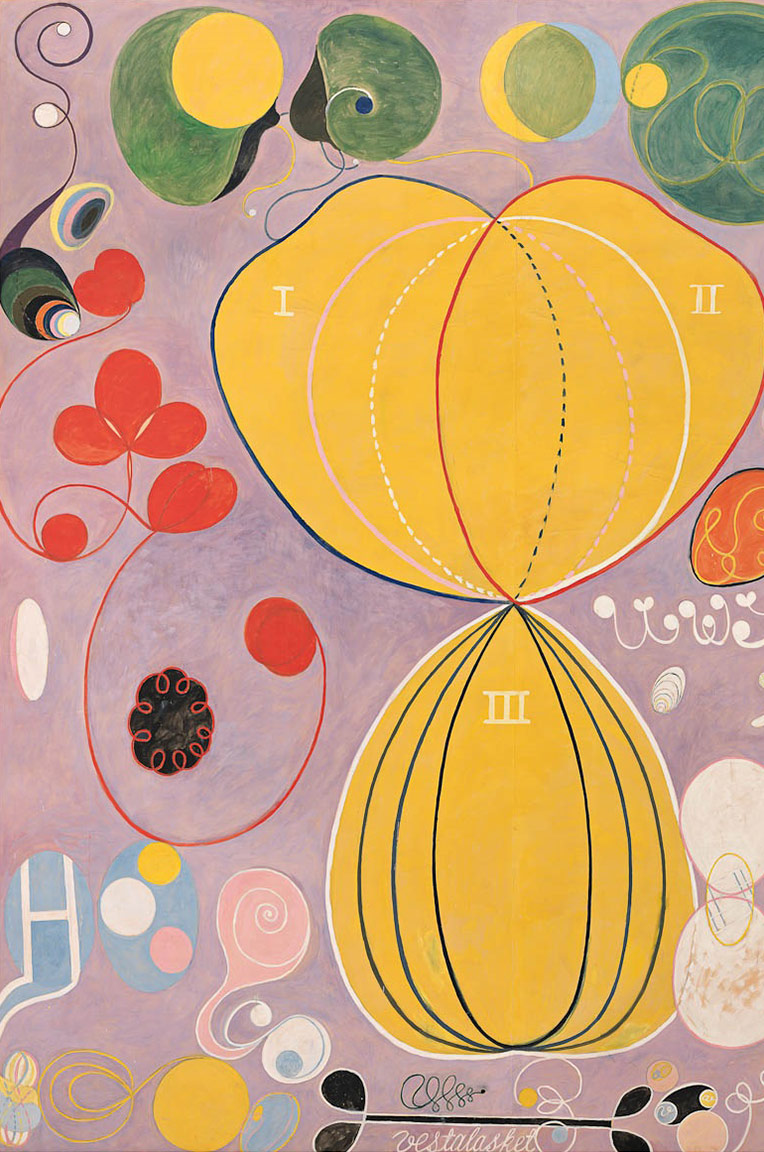Images play a significant role in our daily lives. The widespread availability of smartphones and the growth of social media platforms have greatly contributed to the popularity of images in our society.
Instagram, Snapchat, and TikTok are just a few examples of social media platforms where users may share and engage with visual material. These platforms have increased the appeal of visual storytelling and photo-based self-expression. With the ability to record and share life’s moments with a worldwide audience nowadays, communication has become more image-centric.
We are bombarded with images. Images are no longer only passive depictions of the world; instead, they have evolved into a language capable of conveying complex feelings, concepts, and messages.
There is no doubt that we have lived in an image age. The age of image, however, is not unique to our contemporary society. Since 17000 years ago, people have created animal depictions in Lascaux cave, probably to communicate something. It is believed to be “hunting magic,” with hunters making images of their prey during rituals intended to ensure a successful hunt.
Before we expressed our emotions and ideas in emoticons, in the early phases of our lives, we expressed and learned in images. Babies and young children imitate visual body language and facial expressions as they learn to speak. Additionally, before we can put our thoughts into words, they first take the form of images in our minds.
Imagery is not something unfamiliar to us. In the 1990s, the so-called “pictorial turn” or “iconic turn” was coined, coincides with the increasing influence of analog image in the second half of the 20th century and the move to the digital picture that followed.
At almost the same time, W.J.T. Mitchell’s came with his “pictorial turn” (1992), Gottfried Boehm’s with his “iconic turn” (ikonische Wende) (1994), and Ferdinand Fellman’s with his “imagic turn” (1995). Despite coming from different points of view (iconology, hermeneutics, and philosophy of mind), all of these approaches challenge the superiority of language in the logocentric view.
The term “pictorial turn” is derived from “linguistic turn” and refers to the idea that in modern society, images, as well as the media on which they are based, have taken on a central role across a range of academic disciplines. In contrast to the linguistic turn, theorists of the pictorial turn maintain that images are a fundamental instrument of rationality, not just in logical and epistemological terms but also in a communicative and rhetorical sense.
Thinkers of the pictorial turn assert that images have their own semantics. The semantic force of images lies in their capacity to act (being present in the beholder’s eyes) and to cause action (produce behaviors). They think that pictures have their own lives. Images have their own subjectivity and are not just representations.
“Living image” does not imply that the thinkers are animists. “Being alive” is not an ontological feature but rather a semiotic function. What makes images look like they are alive is a semiotic surplus value in which the images (which could be an object, our face, or a photo) resemble something else (Fransesco Gori, 2017). Because of this, whenever we view a picture, we often remember or think about something.

